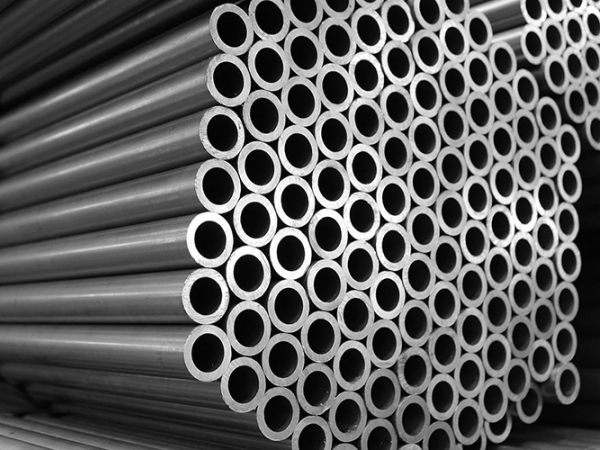Boiler tubes refer to steel materials that are open at both ends, have hollow sections, and are longer than the surrounding area. They are pipe materials used to manufacture steam boilers, hot water boilers, and heat exchangers. They are usually used in thermal equipment, machinery industry, petroleum geological exploration, Containers, chemical industry and other industries. Boiler tubes usually have high temperature, high pressure and corrosion resistance properties, and can be classified according to different standards, uses and materials. This article will introduce some common boiler tube classifications.

Classification by material:
Carbon steel boiler tubes: Commonly used tubes in the manufacture of conventional steam boilers and hot water boilers.
Alloy steel boiler tubes: used in boilers under high temperature and high pressure conditions, with better heat resistance and corrosion resistance.
Stainless steel boiler tube: It has better corrosion resistance against corrosive media and is suitable for special environments or high-purity hot water boilers.
Classification by production standards:
ASTM Standard Boiler Tube: Meets the standards set by the American Society for Testing and Materials (ASTM).
EN standard boiler tube: meets the standards set by European standards (EN).
JIS standard boiler tube: Conforms to the standards set by the Japanese Industrial Standards (JIS).
GB standard boiler tube: complies with the standards set by China National Standards (GB).
Classification by use:
High-pressure boiler tubes: used in high-pressure boilers, usually operating at high temperatures and pressures.
Medium pressure boiler tube: used in boilers with medium pressure and temperature.
Low-pressure boiler tubes: used in low-pressure and low-temperature boilers.
Classification by boiler type:
Water tube boiler tube: used in water tube boilers, hot water boilers and steam boilers.
Tube sheet boiler tubes: used in tube sheet boilers, typically used in the petrochemical and chemical industries.
Classification by shape:
Boiler tubes are usually divided into straight seam boiler tubes and seamless boiler tubes. The specific shape and connection method vary according to the use and production process.
Classification by outer diameter and wall thickness:
The outer diameter and wall thickness of boiler tubes will vary depending on the application and requirements. Generally, the larger the outer diameter and wall thickness, the higher the pressure and temperature it can withstand.
These classifications only cover a portion of boiler tubes, there are actually many other factors and criteria, and it is important to select the right boiler tube based on the specific application and engineering requirements. When selecting and using boiler tubes, applicable international, national and industry standards should be followed to ensure that their performance and quality meet requirements.